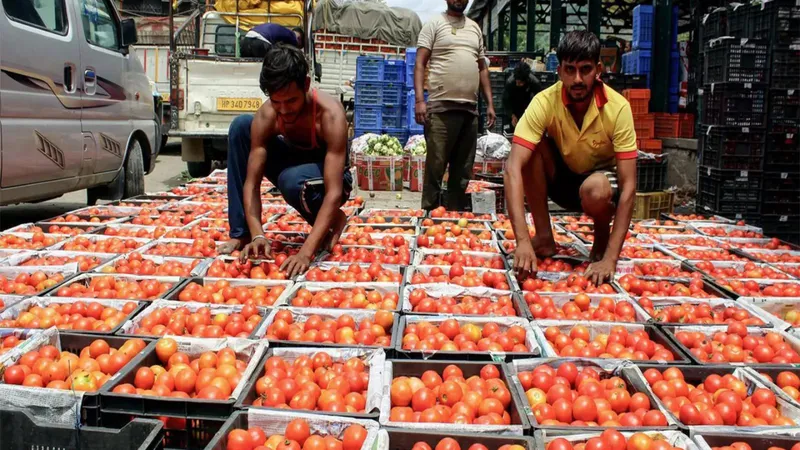India's Food Price Outlook: Monsoon Impact on Inflation for FY26

Food inflation in India is projected to remain stable during the second half of the financial year 2026 (H2FY26), bolstered by improved monsoon rainfall and enhanced crop sowing conditions. However, a recent update from ICICI Bank has cautioned that an adverse base effect could lead to a rise in food inflation in the following financial year, FY27.
A base effect refers to the impact that previous price levels have on current inflation calculations. According to news agency ANI, the report stated, "Higher rainfall and sowing bode well for the outlook in H2FY26, but an adverse base should push food inflation higher next year (FY27).
" This outlook is significant as it coincides with a notable decline in India's wholesale inflation, which has reached its lowest level in over two years. In October, wholesale inflation further dipped into negative territory, largely driven by a substantial decrease in the prices of primary food items. The prices of vegetables continued to decline, supported by consistent supply and favourable weather conditions, while cereals, pulses, spices, and fruits also saw reductions. Month-on-month food prices have remained relatively stable, suggesting that the significant disinflation observed earlier in the year is beginning to stabilise.
The broader category of primary articles has recorded another month of negative growth, continuing its trend of contraction due to weak pricing in both food and non-food sectors, as reported by ANI. The ICICI report emphasised that price corrections in critical high-frequency items such as tomatoes, onions, and various grains have significantly contributed to the decline in wholesale food inflation this year. Fuel inflation has also remained negative, aided by lower global crude oil prices compared to the previous year. Although some petroleum products experienced sequential price increases, the overall fuel and power index has remained subdued.
Additionally, inflation in manufactured goods has moderated, with decreasing prices in metals and select industrial inputs. However, some sectors, including jewellery, tobacco, pharmaceuticals, and certain fabricated metals, have shown signs of upward price pressure, suggesting that fluctuations in global commodity markets could influence prices in the coming months.

China Criticises Philippines Over US and Japan Maritime Exercises

Congress Plans Meeting on Voter List Concerns Amid Protests

UK Home Secretary Announces Major Overhaul of Asylum System

Microsoft CEO Satya Nadella Discusses AGI's Potential Impact





